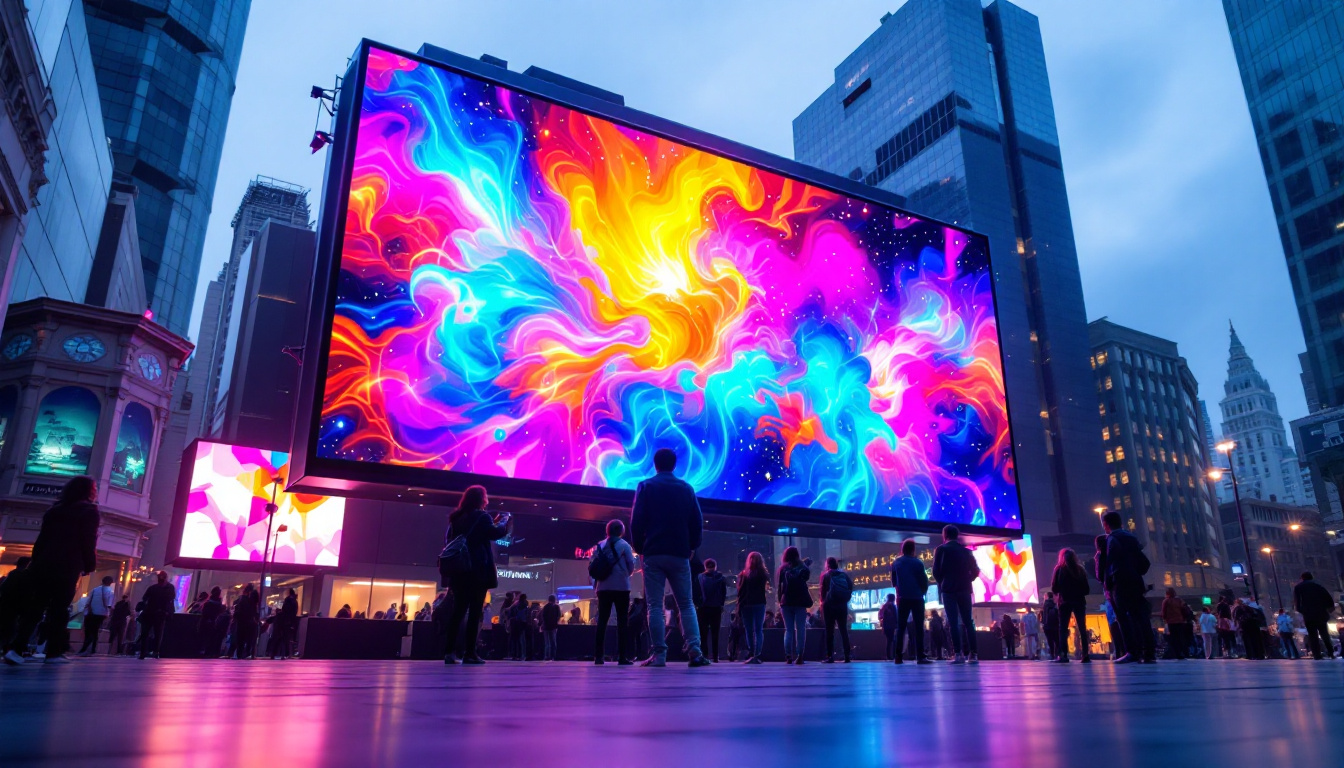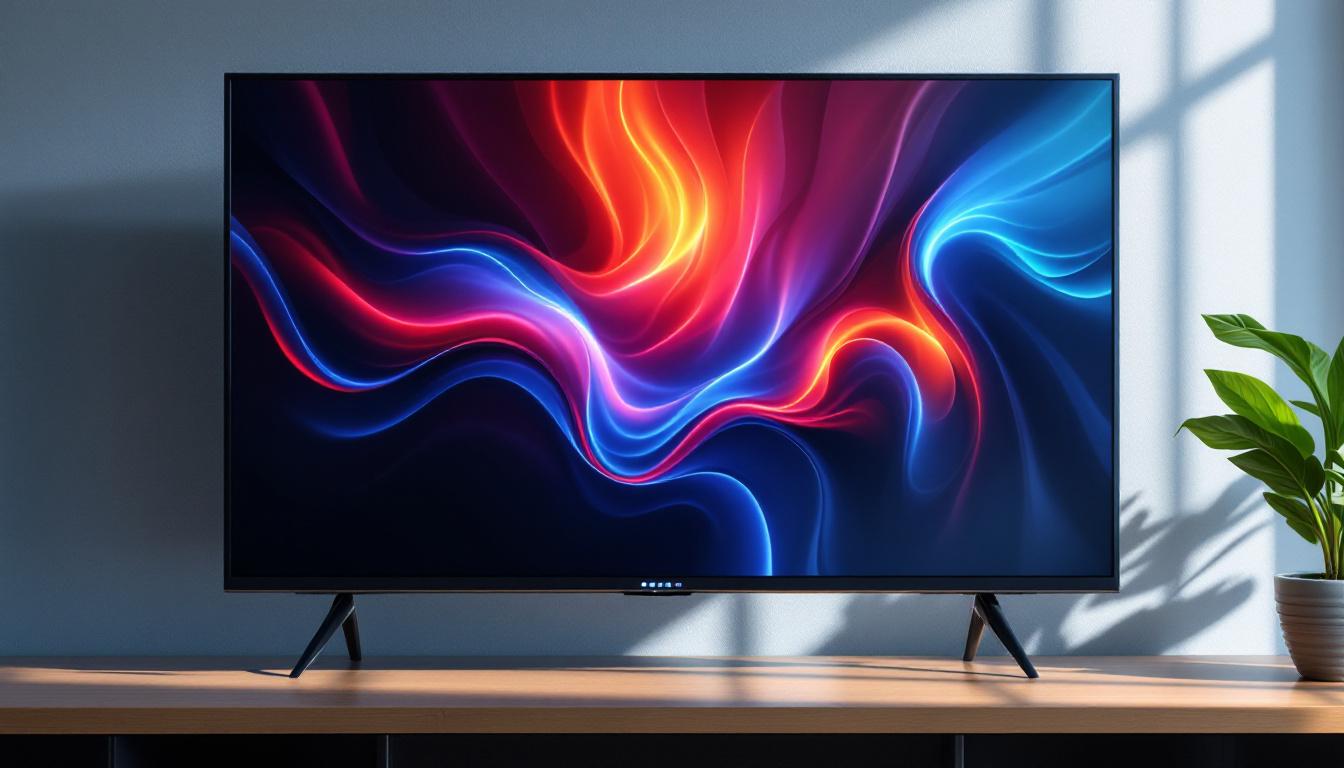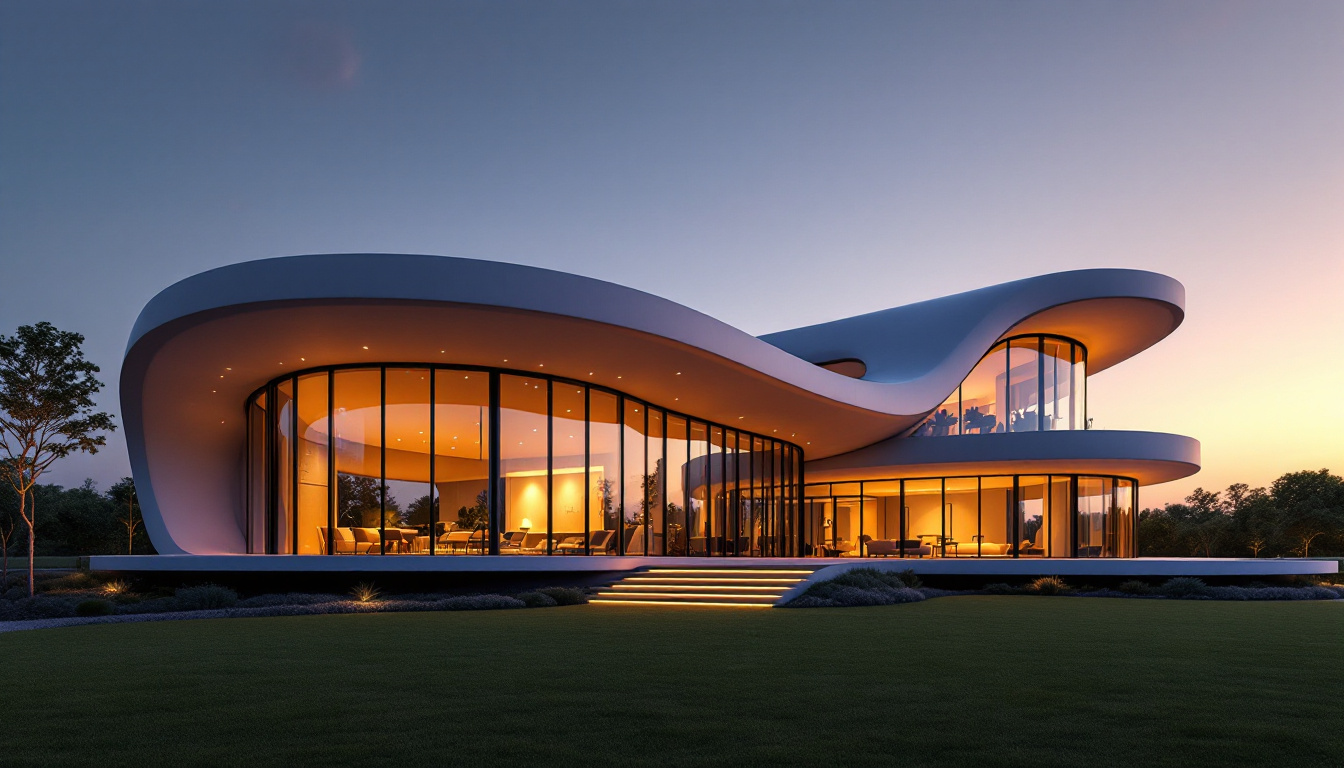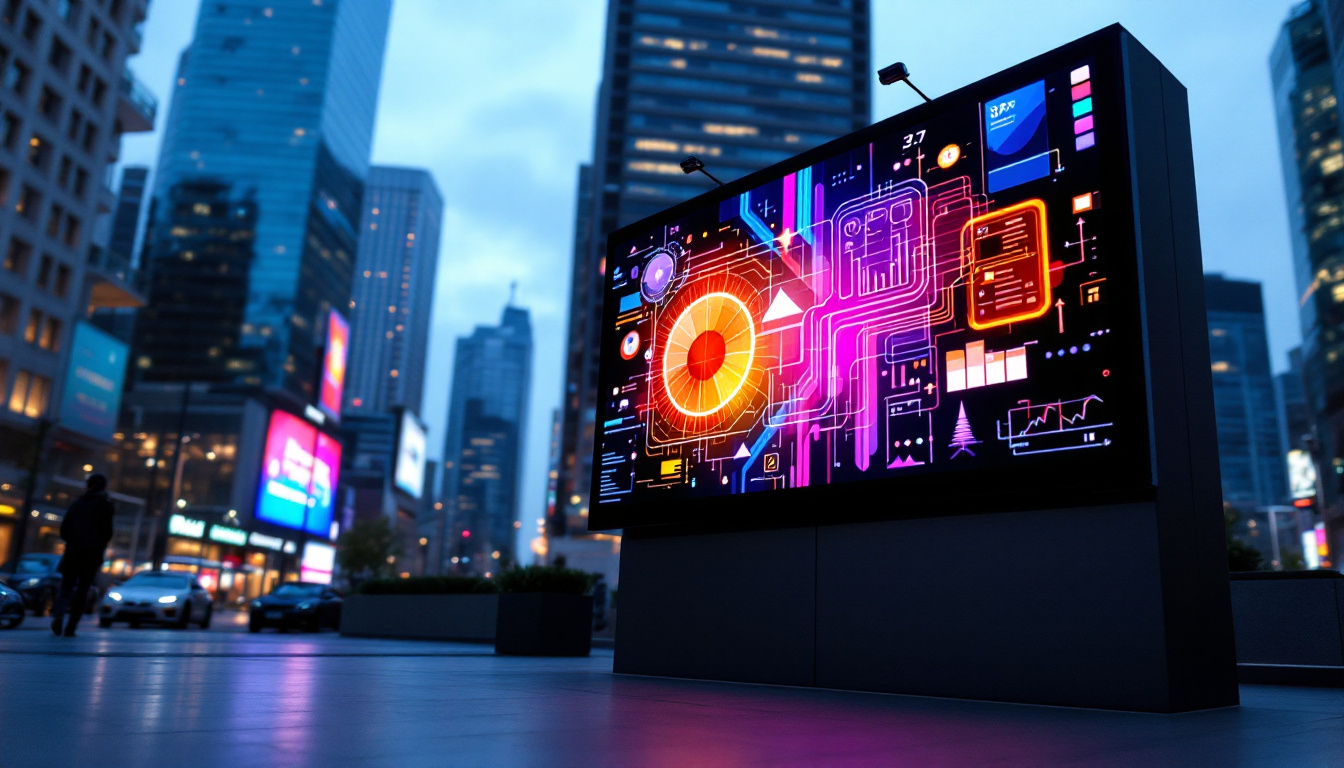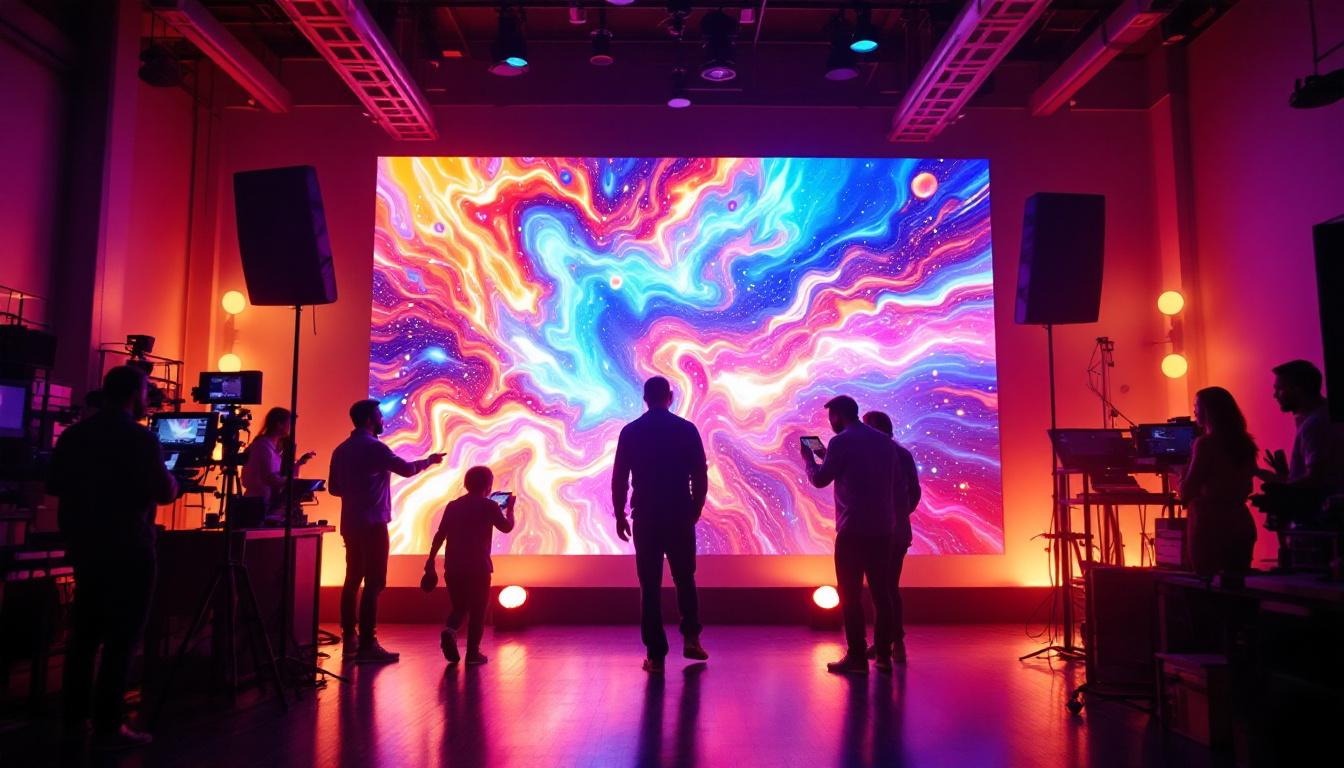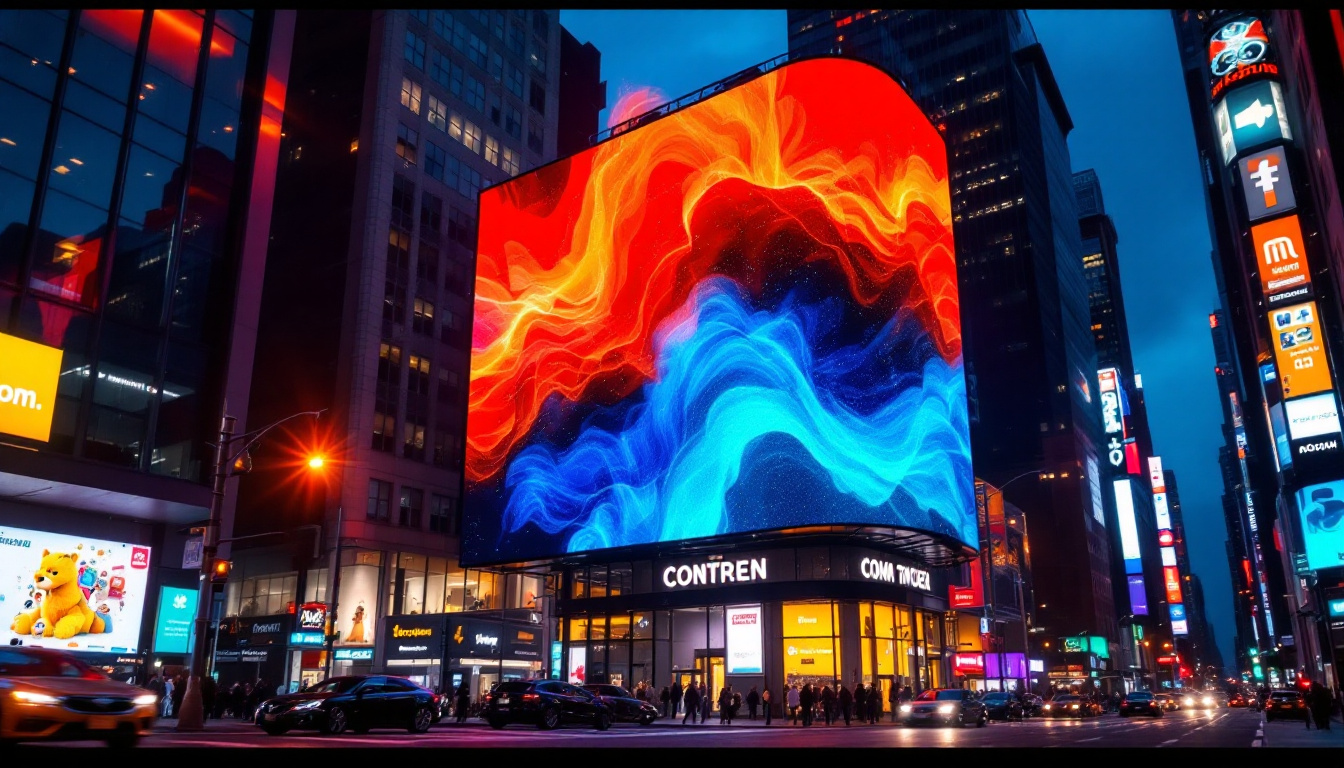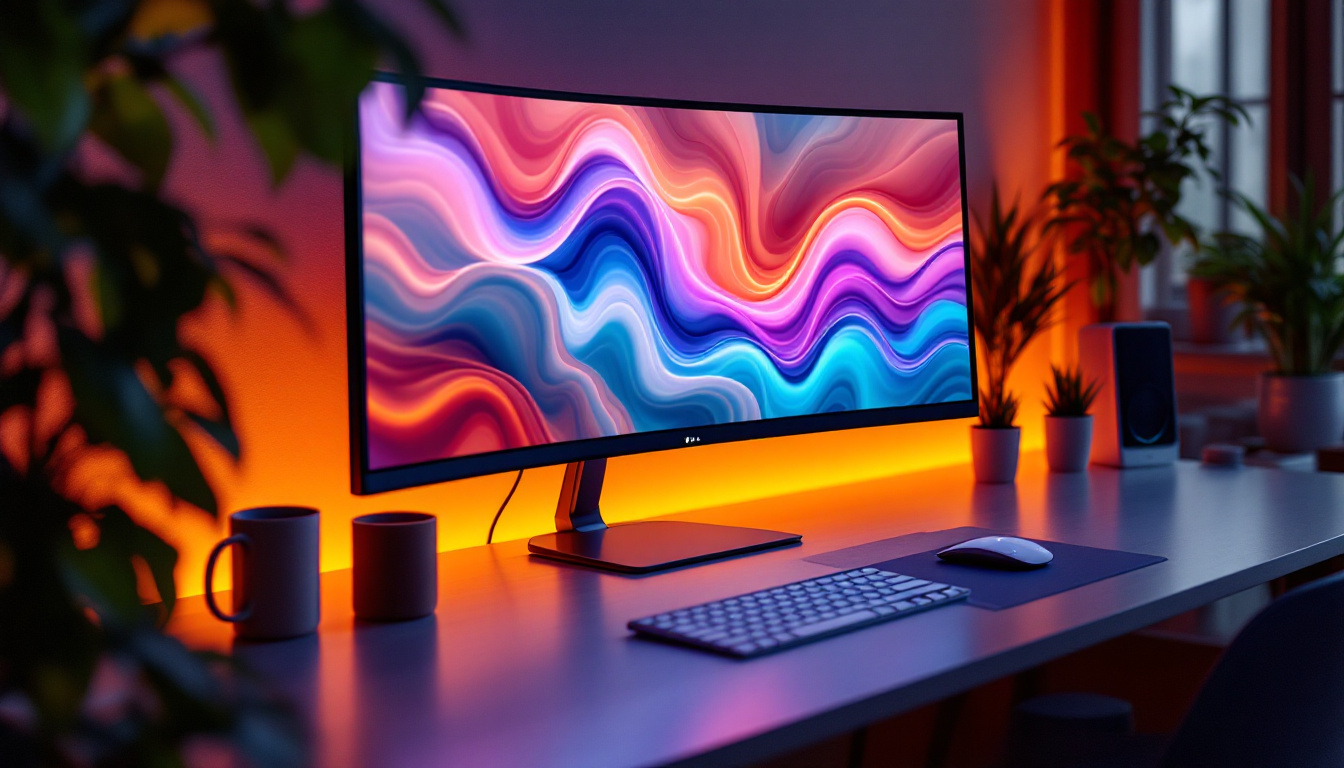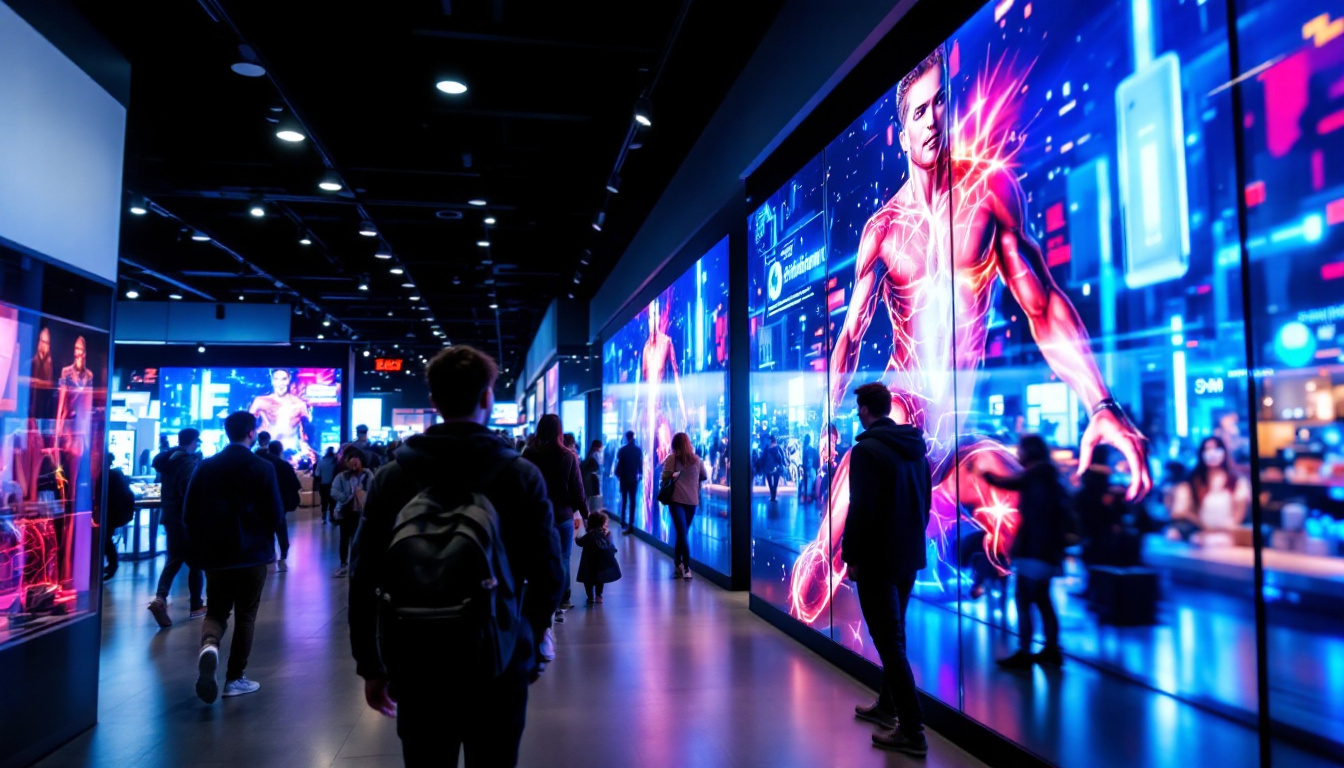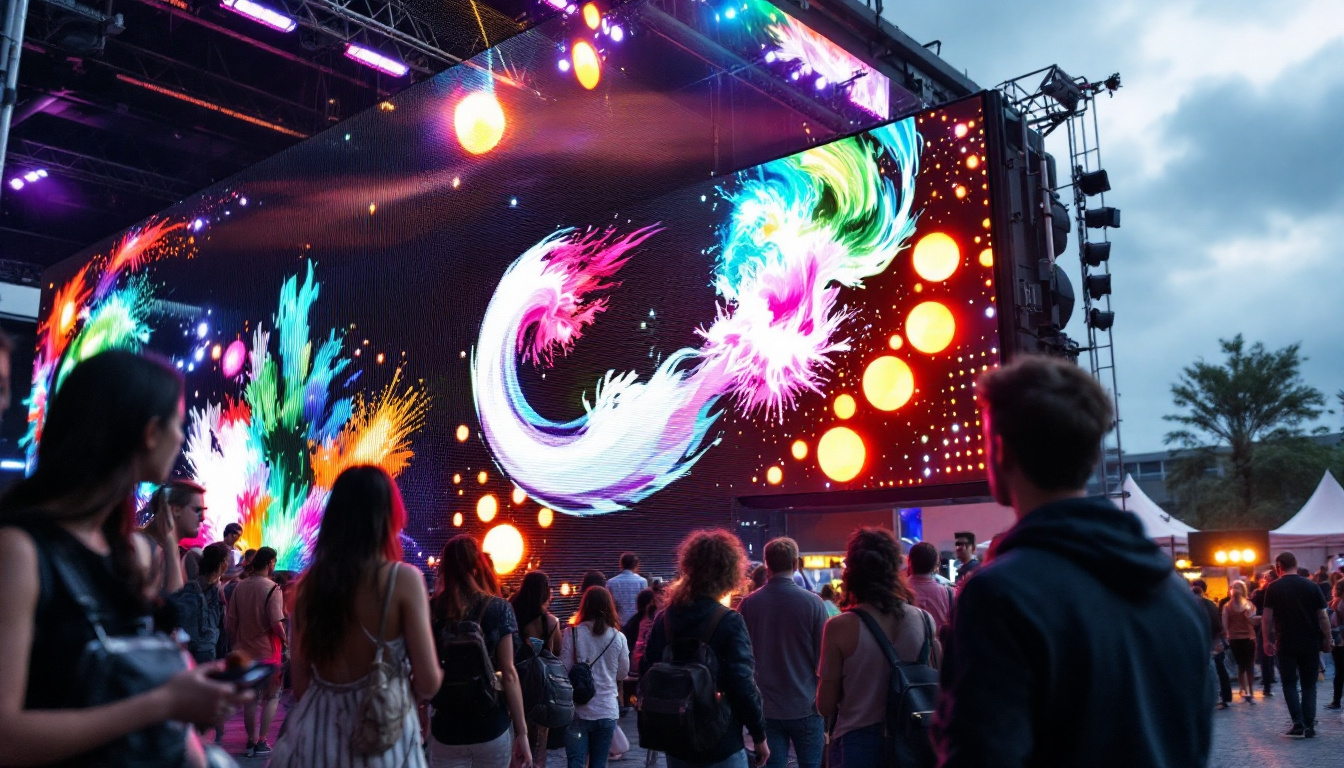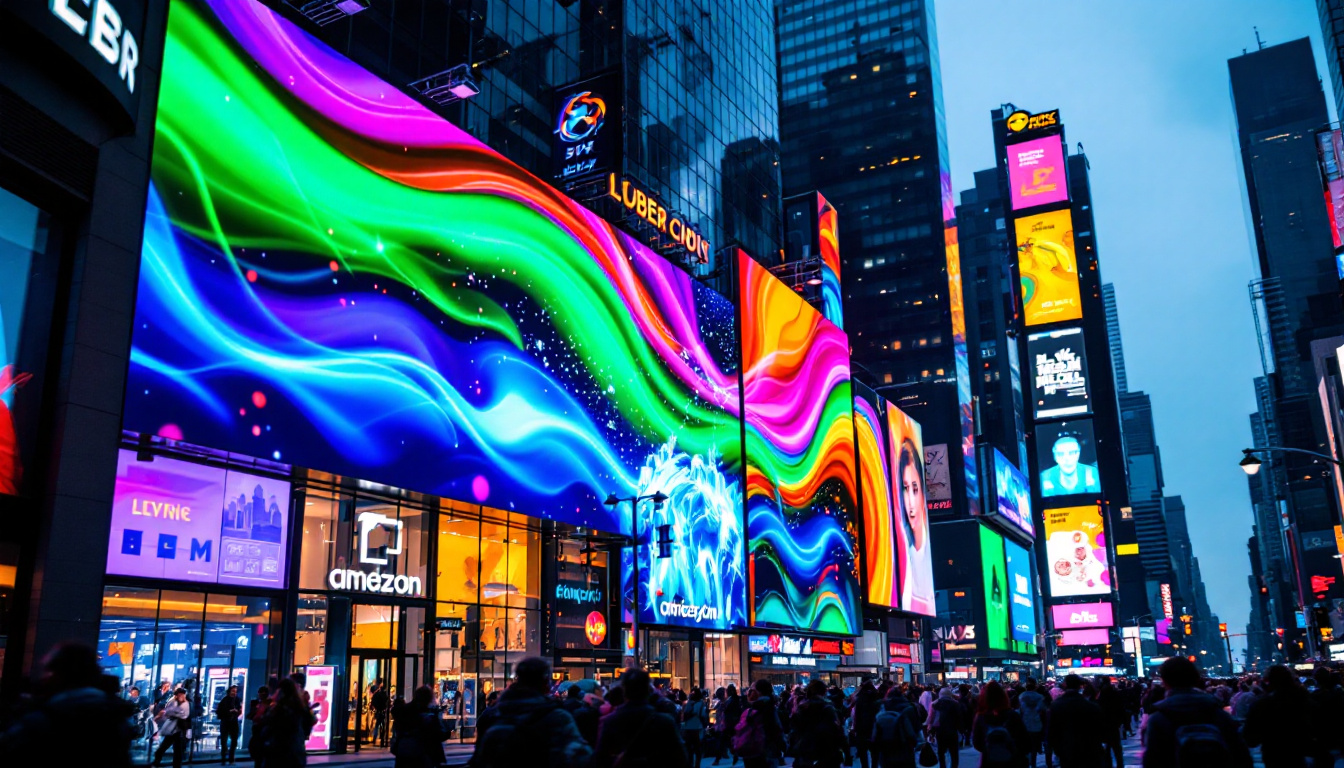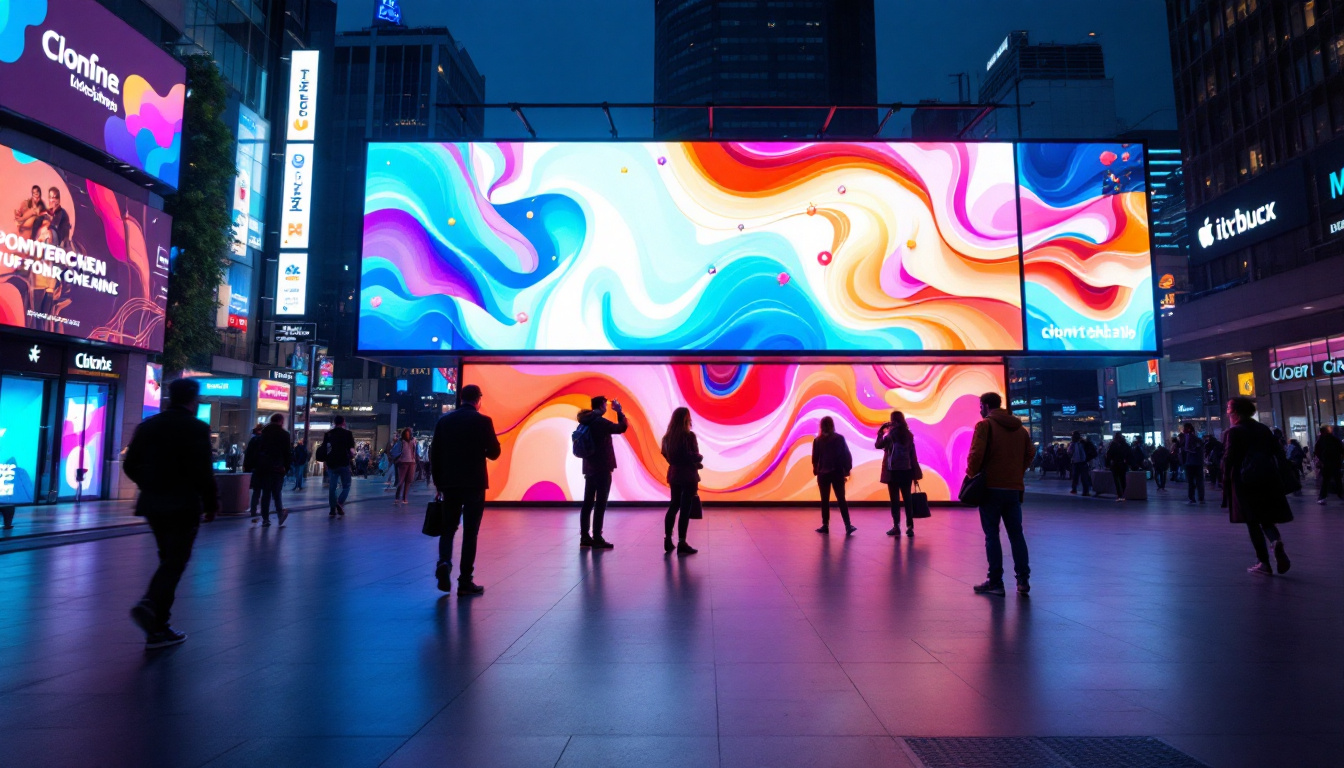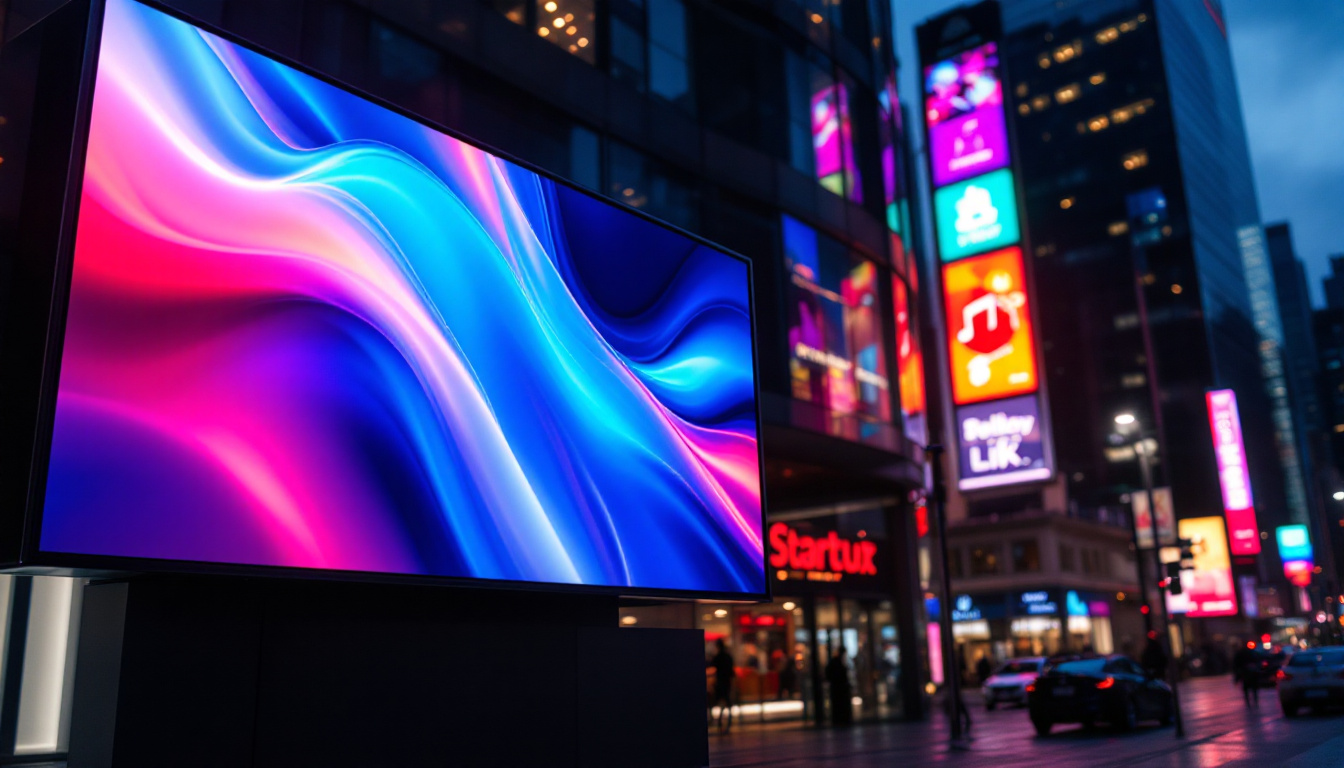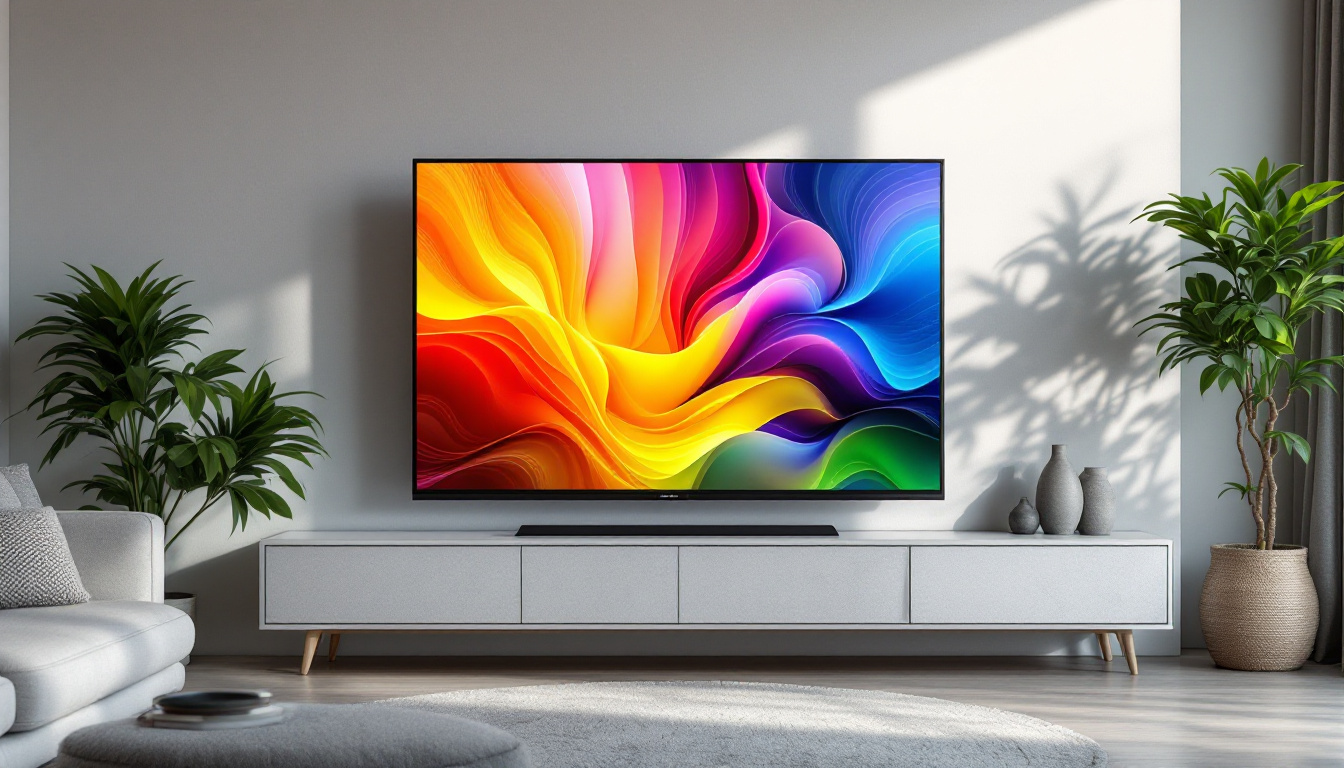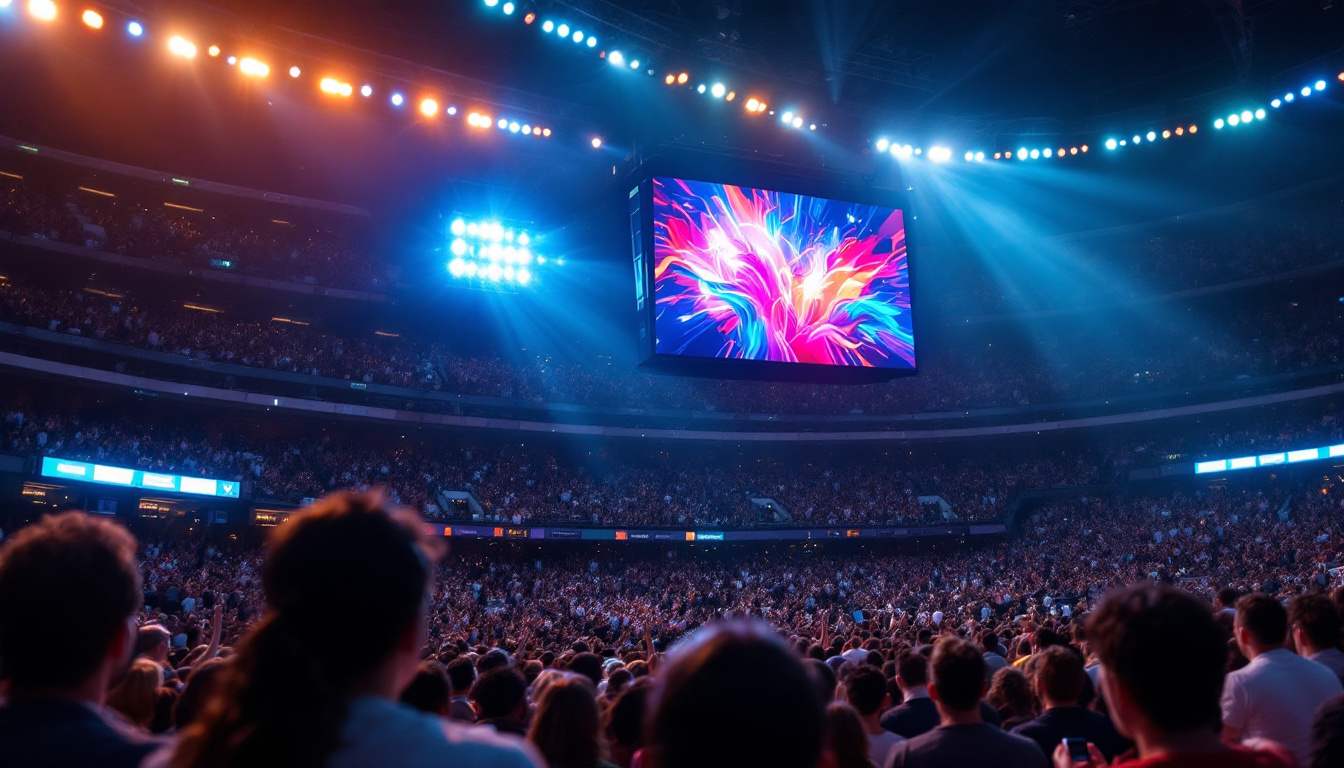In the ever-evolving world of technology, understanding the nuances of display connections is crucial for both consumers and professionals alike. Among the various options available, DisplayPort has emerged as a leading standard for connecting monitors, particularly in high-performance environments. This article delves into the differences between DisplayPort versions, the advantages of LED displays, and how these technologies intertwine to enhance visual experiences.
“`html
Understanding DisplayPort Versions
DisplayPort has undergone several iterations since its inception, each bringing enhancements in bandwidth, resolution support, and additional features. The main versions—1.2, 1.4, and 2.0—offer distinct capabilities that cater to different user needs.
DisplayPort 1.2
Released in 2010, DisplayPort 1.2 marked a significant upgrade from its predecessor. It supports a maximum bandwidth of 21.6 Gbps, allowing for resolutions up to 4K at 60Hz. This version introduced Multi-Stream Transport (MST), enabling users to daisy-chain multiple monitors from a single DisplayPort output. This capability is particularly useful for professionals who require extensive screen real estate for multitasking.
Additionally, DisplayPort 1.2 supports Adaptive Sync technology, which reduces screen tearing during gaming and video playback. This feature has made it a preferred choice among gamers and content creators who demand smooth visuals. The introduction of MST not only enhances productivity but also simplifies cable management, allowing for a cleaner workspace without the clutter of multiple cables running to each monitor.
DisplayPort 1.4
Building on the foundation laid by version 1.2, DisplayPort 1.4 was released in 2016 and brought several enhancements. It maintains the same maximum bandwidth of 32.4 Gbps but introduces support for High Dynamic Range (HDR) content. HDR provides a wider color gamut and improved contrast, resulting in more vibrant and lifelike images.
Another notable feature of DisplayPort 1.4 is its ability to support 8K resolution at 60Hz with Display Stream Compression (DSC). This compression technology allows for high-resolution displays without sacrificing performance, making it ideal for professionals in fields such as graphic design and video editing. The support for DSC also means that users can enjoy the benefits of high-resolution displays even on less powerful hardware, broadening accessibility for various users, from casual gamers to serious professionals.
DisplayPort 2.0
Launched in 2022, DisplayPort 2.0 represents a significant leap forward in display technology. With a staggering maximum bandwidth of 80 Gbps, it supports resolutions up to 16K at 60Hz, or multiple 4K displays at 120Hz. This version is designed to accommodate the increasing demands of high-resolution gaming and professional content creation.
Furthermore, DisplayPort 2.0 enhances the capabilities of HDR, allowing for even greater color depth and brightness. It also continues to support MST, enabling users to connect multiple displays seamlessly. As technology progresses, DisplayPort 2.0 is poised to become the standard for future display solutions. The introduction of features such as variable refresh rates and improved audio capabilities further solidifies its position as a versatile choice for both gamers and professionals. With the rise of virtual reality and augmented reality applications, DisplayPort 2.0 is expected to play a crucial role in delivering immersive experiences, making it an essential technology for the next generation of displays.
“`
The Rise of LED Displays
LED displays have revolutionized the way visual content is presented, offering superior brightness, energy efficiency, and color accuracy compared to traditional LCDs. Understanding the characteristics of LED displays is essential for anyone looking to invest in a new monitor or upgrade their existing setup. As technology continues to evolve, the demand for high-quality visual experiences has only intensified, making LED displays a go-to choice for both personal and professional use.
What is an LED Display?
An LED display utilizes light-emitting diodes (LEDs) as a light source, which can be used in various configurations. The most common types include edge-lit and full-array LED displays. Edge-lit displays have LEDs positioned around the edges of the screen, while full-array displays feature a grid of LEDs behind the screen, providing more uniform brightness and better contrast. The choice between these types often depends on the intended use; for instance, full-array displays are favored in environments where color accuracy and consistent brightness are paramount, such as in photography studios or design agencies.
One of the primary advantages of LED technology is its ability to produce brighter images with lower power consumption. This efficiency not only reduces energy costs but also contributes to a smaller carbon footprint, making LED displays an environmentally friendly option. Furthermore, the longevity of LED technology means that consumers can enjoy their displays for years without significant degradation in quality, further enhancing their value over time.
Benefits of LED Technology
LED displays offer several benefits that make them a popular choice among consumers and professionals. For starters, they provide exceptional color accuracy and a wide color gamut, allowing for more vibrant and lifelike images. This is particularly important for graphic designers, photographers, and videographers who rely on precise color representation. The ability to display a broader range of colors not only enhances creative projects but also improves the viewing experience for movies and games, immersing users in rich, detailed visuals.
Moreover, LED displays have faster response times compared to traditional LCDs, resulting in smoother motion and reduced motion blur. This feature is particularly advantageous for gamers and anyone engaged in fast-paced video content. Additionally, the thin profile of LED displays allows for sleek and modern designs, making them an aesthetic addition to any workspace. Many manufacturers are now incorporating innovative designs that include ultra-slim bezels and customizable stands, further enhancing the appeal of LED displays in contemporary settings.
Comparing LED Displays with Other Technologies
While LED displays are widely recognized for their advantages, it’s essential to compare them with other display technologies like OLED and traditional LCDs. OLED (Organic Light Emitting Diode) displays offer superior contrast ratios and deeper blacks due to their ability to turn off individual pixels completely. However, they can be more expensive and may suffer from burn-in issues over time. This makes OLED a compelling choice for cinematic experiences but may deter users who prioritize longevity and cost-effectiveness in their displays.
On the other hand, traditional LCDs, while still prevalent, often lack the brightness and color vibrancy that LED displays provide. They also consume more power and may have slower response times. As technology continues to advance, LED displays remain a strong contender in the market, offering a balanced combination of performance, efficiency, and affordability. Additionally, as manufacturers innovate and improve LED technology, we can expect to see even more enhancements in areas such as HDR (High Dynamic Range) capabilities and adaptive refresh rates, further solidifying LED displays as a versatile choice for a wide range of applications.
Integrating DisplayPort with LED Displays
The synergy between DisplayPort and LED technology creates a powerful combination for users seeking high-quality visual experiences. Understanding how to leverage these technologies can significantly enhance productivity and enjoyment.
Choosing the Right DisplayPort for LED Displays
When connecting an LED display to a computer or other devices, selecting the appropriate DisplayPort version is crucial. For users who primarily work with 4K content, DisplayPort 1.4 is often sufficient, providing ample bandwidth and support for HDR. However, for those looking to future-proof their setup or engage in high-resolution gaming, DisplayPort 2.0 is the recommended choice.
In addition to selecting the right version, considering cable quality is essential. High-quality DisplayPort cables can help ensure optimal performance, reducing the risk of signal degradation and maintaining high refresh rates and resolutions.
Optimizing Settings for LED Displays
Once the hardware is set up, optimizing display settings can further enhance the viewing experience. Adjusting brightness, contrast, and color settings can help achieve the desired visual quality. Many LED displays come with preset modes tailored for specific tasks, such as gaming, photo editing, or watching movies. Utilizing these presets can save time and ensure the best possible image quality.
Additionally, enabling features like Adaptive Sync can improve the gaming experience by synchronizing the display’s refresh rate with the graphics card’s output. This reduces screen tearing and provides a smoother visual experience, making it particularly beneficial for competitive gaming.
Future Trends in Display Technology
The landscape of display technology is constantly changing, with new advancements on the horizon. As DisplayPort and LED technologies continue to evolve, several trends are emerging that may shape the future of visual displays.
Higher Resolutions and Refresh Rates
As content creation and consumption move towards higher resolutions, the demand for displays capable of supporting 8K and beyond is increasing. DisplayPort 2.0 is already paving the way for this transition, allowing for unprecedented detail and clarity. Coupled with LED technology, which can deliver vibrant colors and deep contrasts, the future of high-resolution displays looks promising.
Furthermore, the push for higher refresh rates is becoming more prevalent, especially in gaming. As gamers seek smoother experiences, displays that can support 144Hz and beyond are becoming more common. This trend will likely continue as technology advances, with DisplayPort playing a crucial role in delivering the necessary bandwidth.
Integration of Smart Features
Another trend to watch is the integration of smart features into display technology. As monitors become more advanced, features like built-in streaming capabilities, voice control, and customizable settings are becoming more common. These innovations aim to enhance user experience and provide added convenience.
Moreover, as remote work and online collaboration become the norm, displays that facilitate seamless connectivity and multitasking will gain popularity. Features such as Picture-in-Picture (PiP) and multi-window capabilities will become essential for productivity-focused users.
Conclusion
In summary, understanding the differences in DisplayPort versions and the advantages of LED displays is vital for anyone looking to enhance their visual experience. The evolution of DisplayPort technology, from version 1.2 to the groundbreaking 2.0, showcases the commitment to supporting higher resolutions and improved performance.
LED displays, with their superior brightness, color accuracy, and energy efficiency, continue to dominate the market, offering users an exceptional viewing experience. As these technologies continue to advance, the integration of DisplayPort with LED displays promises to deliver even more impressive results.
Staying informed about these developments will enable consumers and professionals alike to make educated decisions when investing in display technology, ensuring they are equipped to meet the demands of the future.
“`html
Explore Cutting-Edge LED Display Solutions with LumenMatrix
Ready to experience the future of visual technology? LumenMatrix is at the forefront of LED display innovation, offering a wide array of solutions that cater to your unique needs. From captivating Indoor LED Walls to dynamic Outdoor LED Displays, and from versatile Vehicle LED Displays to sleek LED Poster Displays, our products are designed to elevate your brand and engage your audience. Discover how our LED Sports Displays, interactive Floor LED Displays, and Custom LED solutions can transform your visual communication. Embrace the revolution with our All-in-One and Transparent LED Displays. Don’t just take our word for it; check out LumenMatrix LED Display Solutions today and see the difference for yourself!
“`




